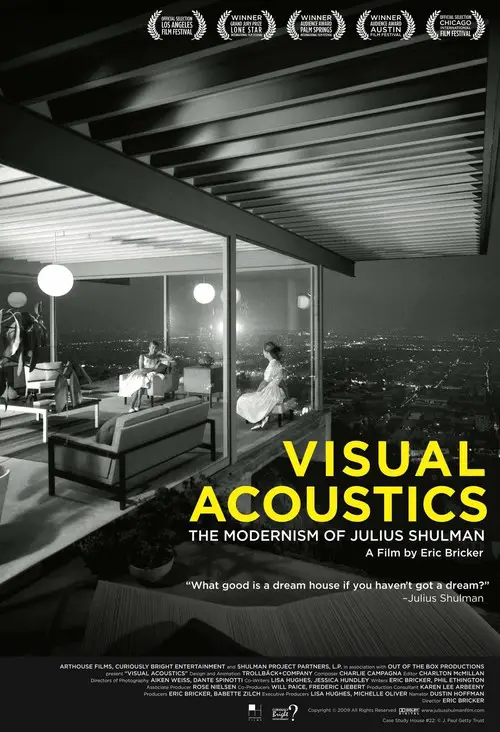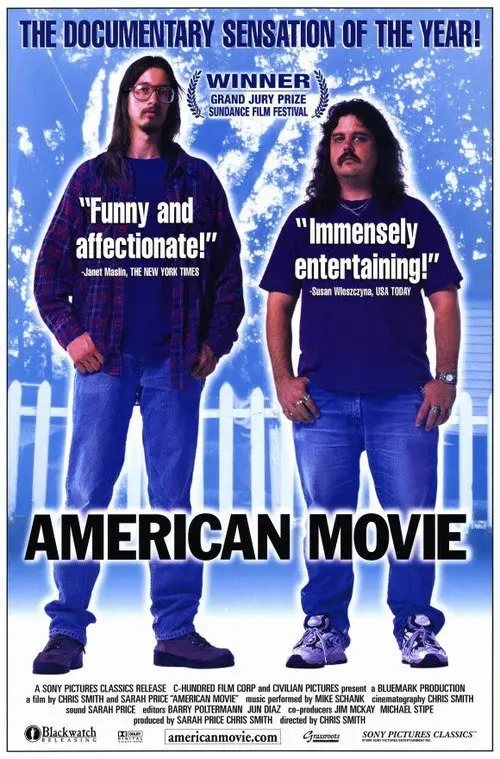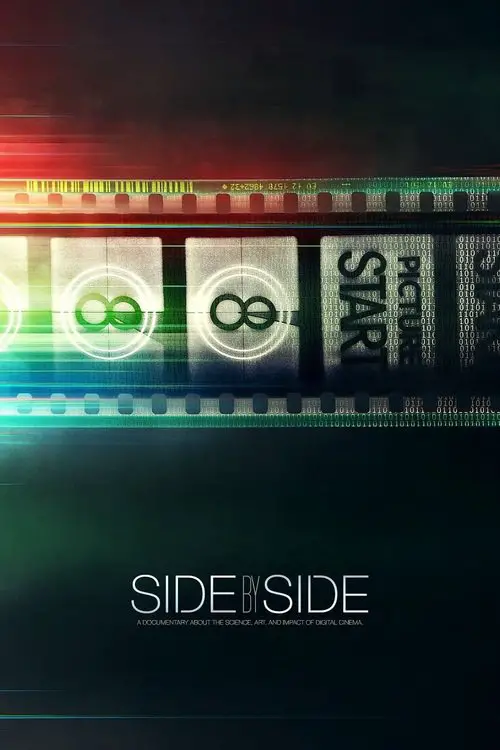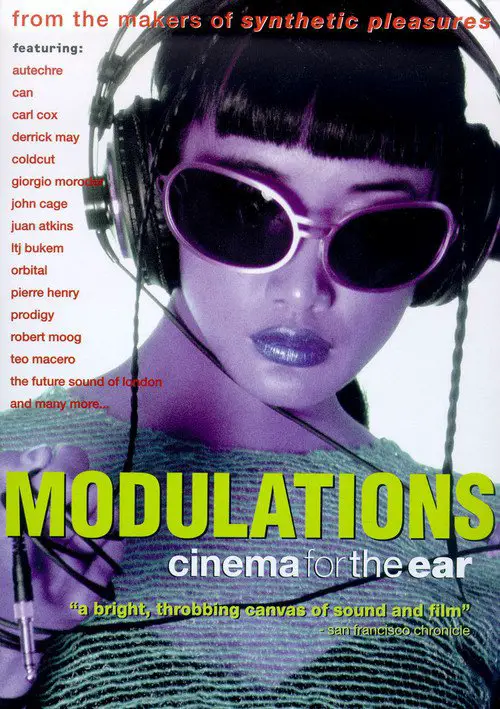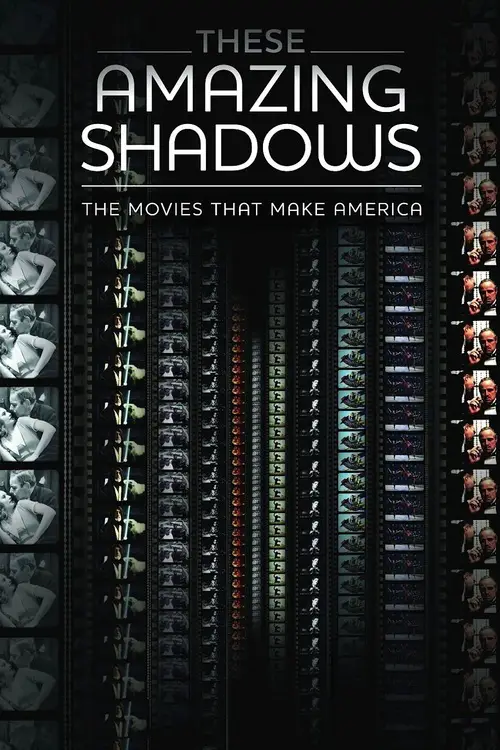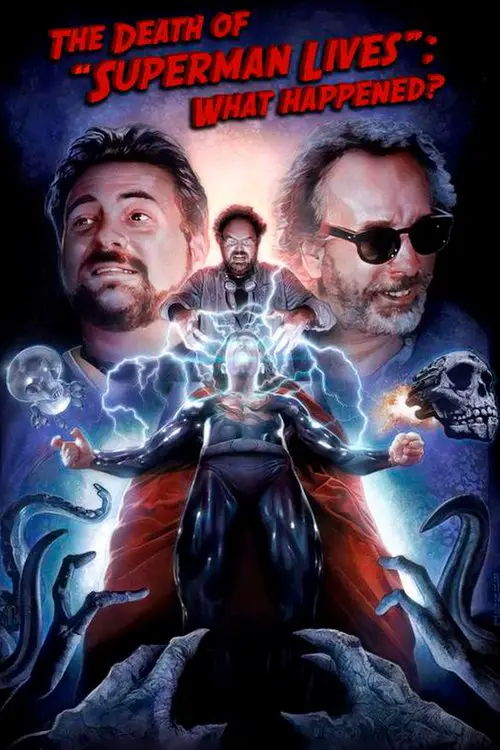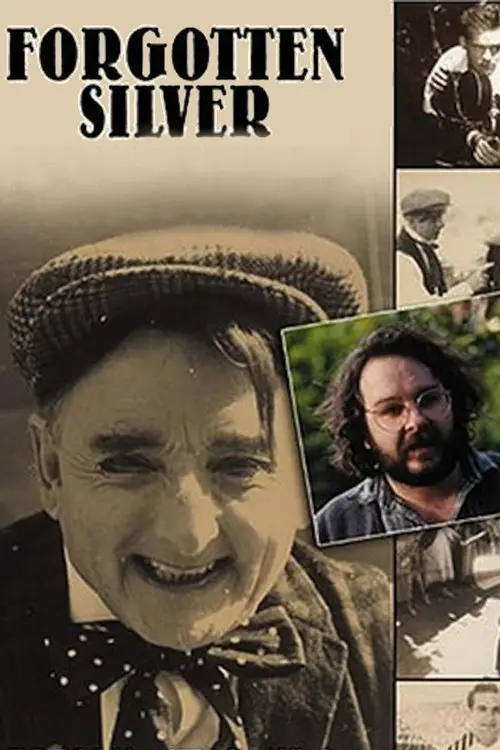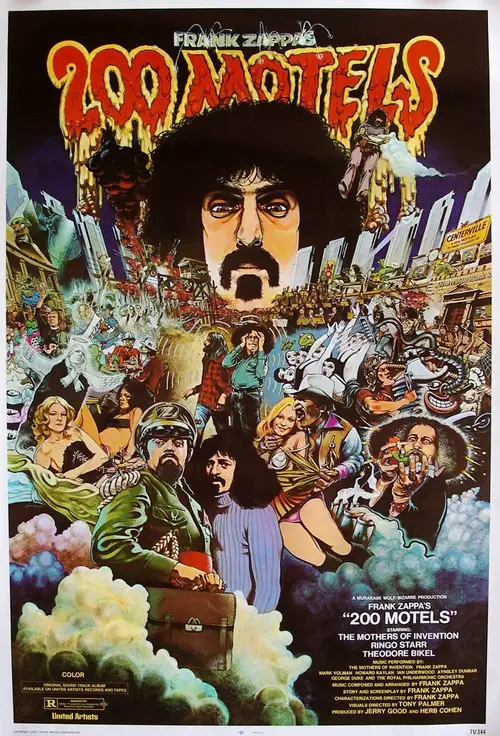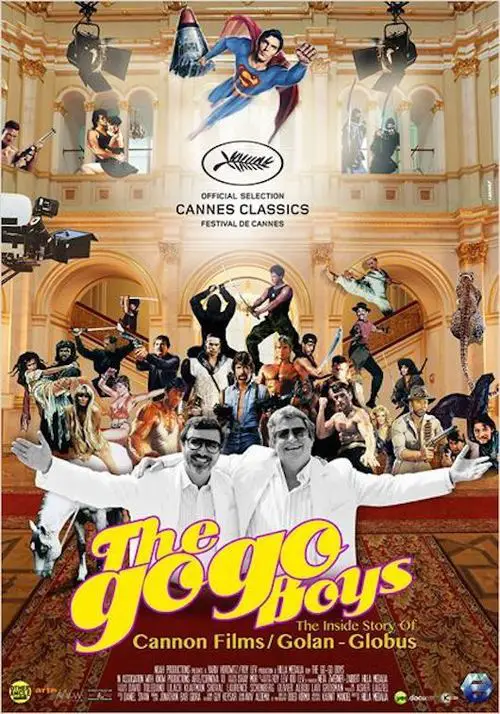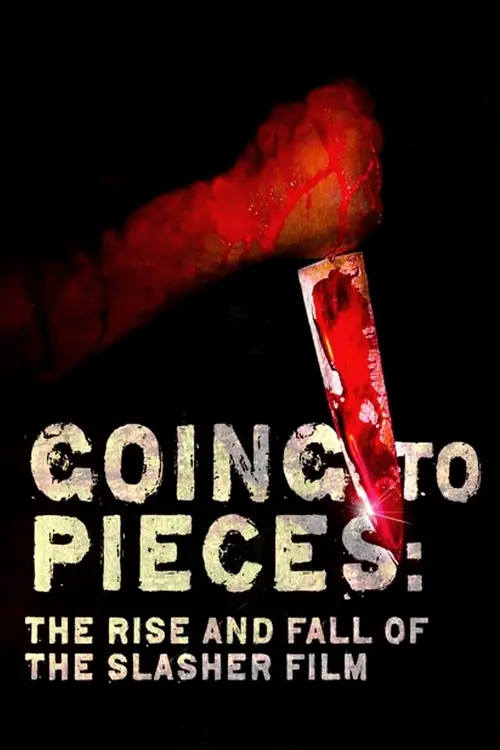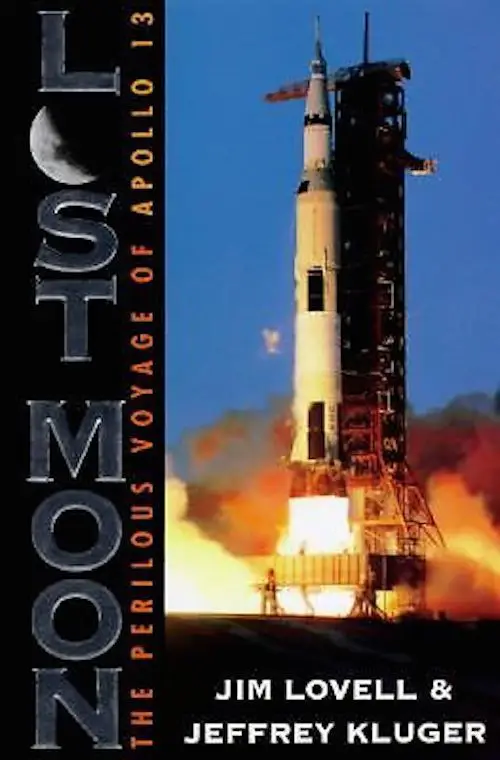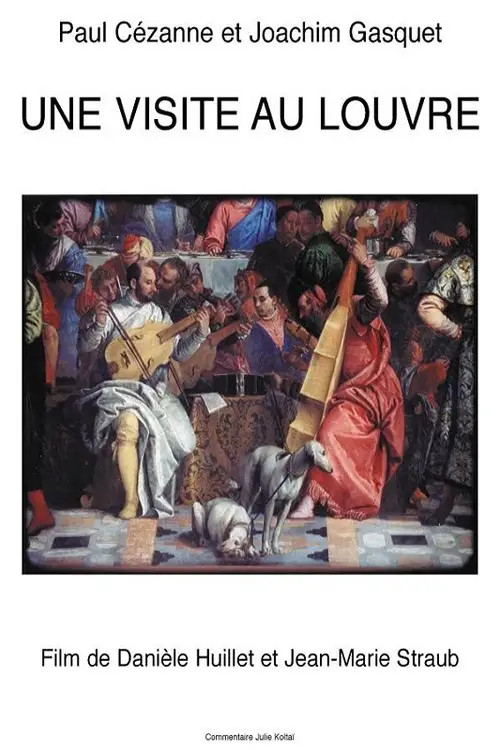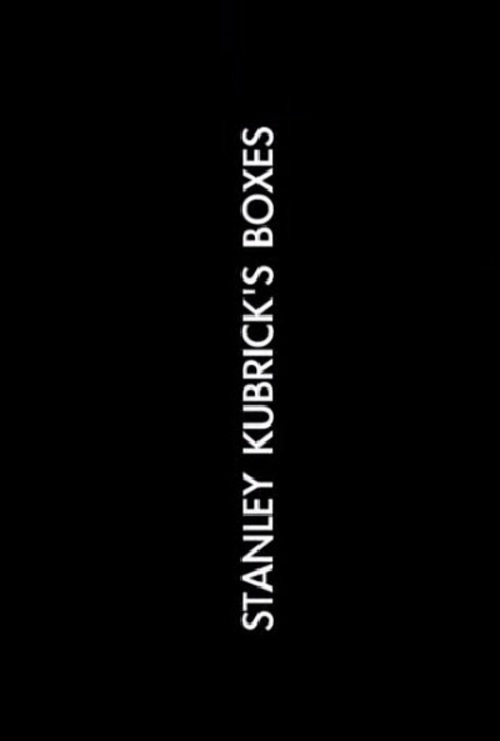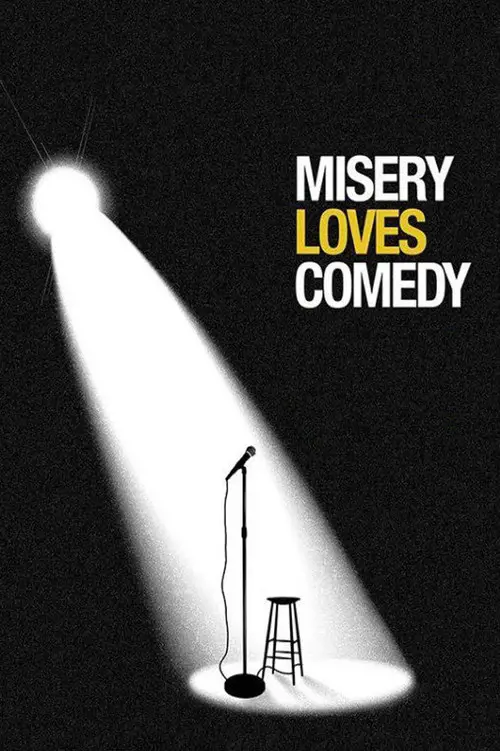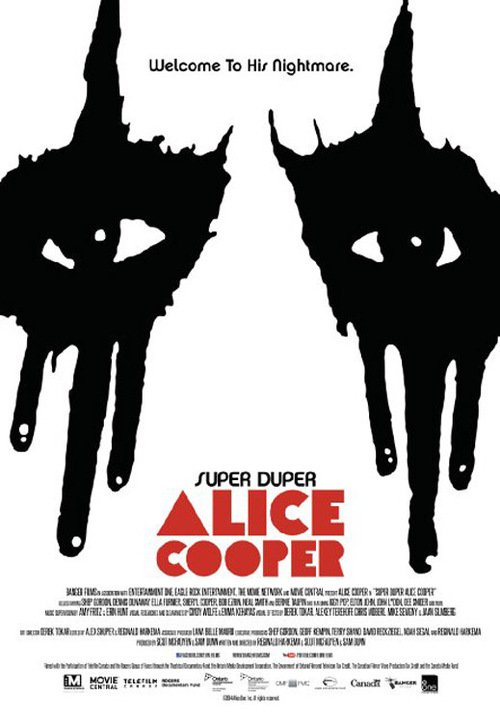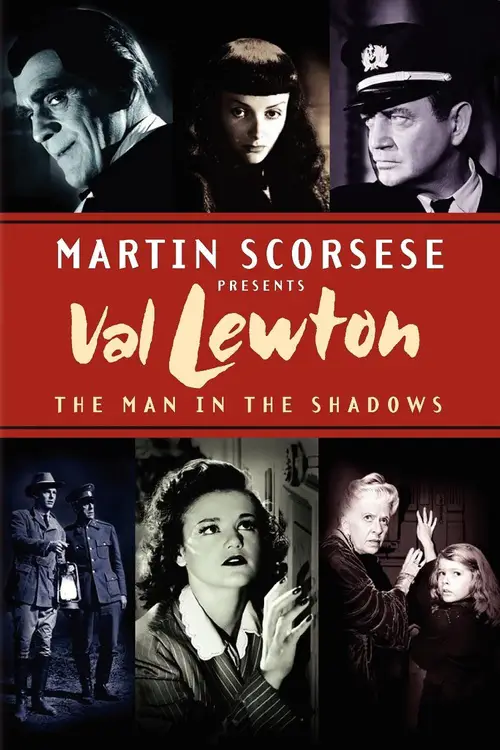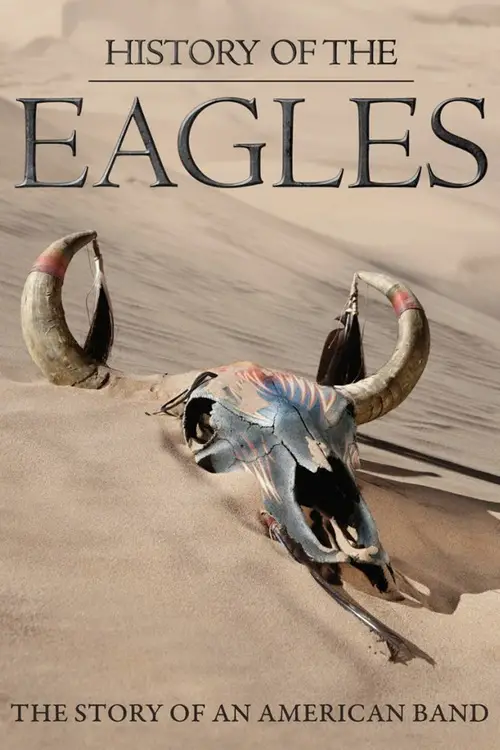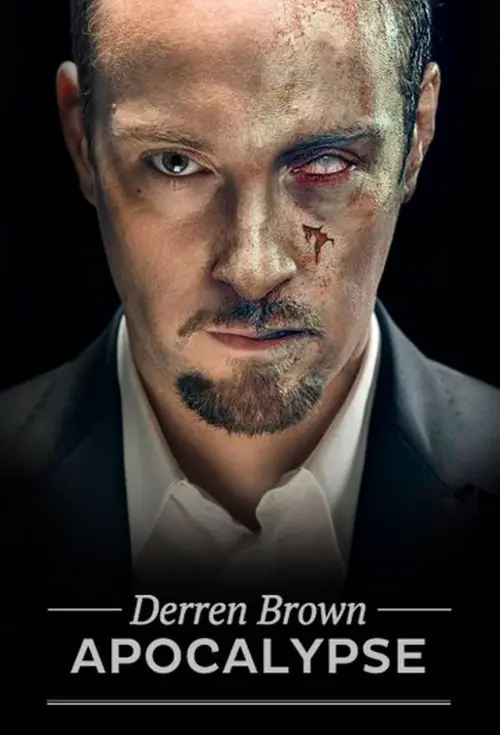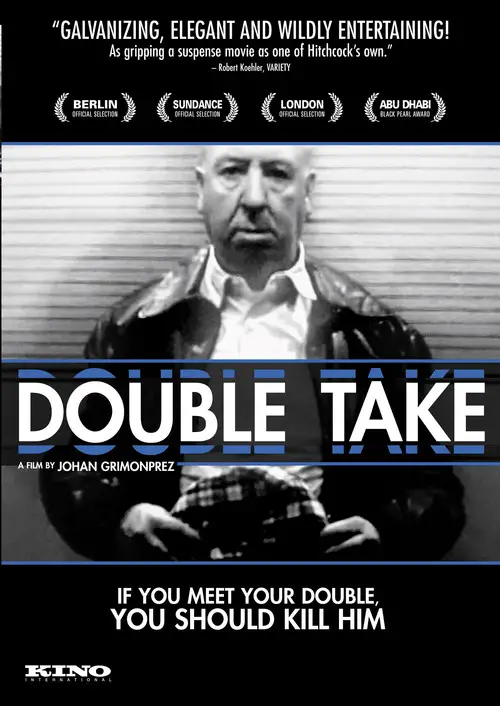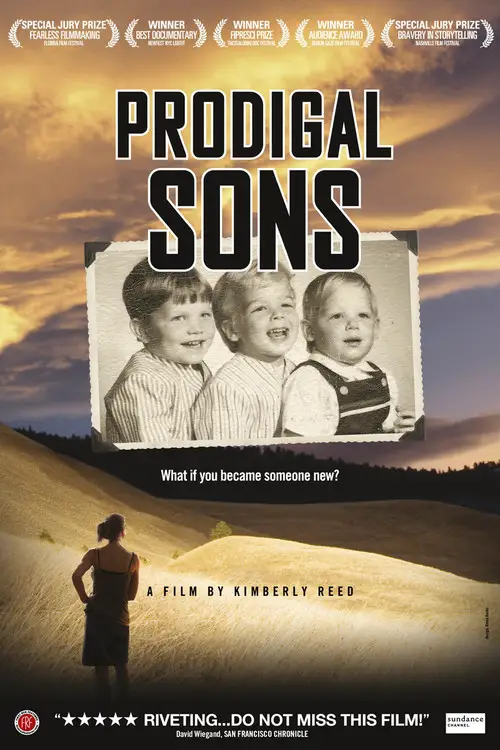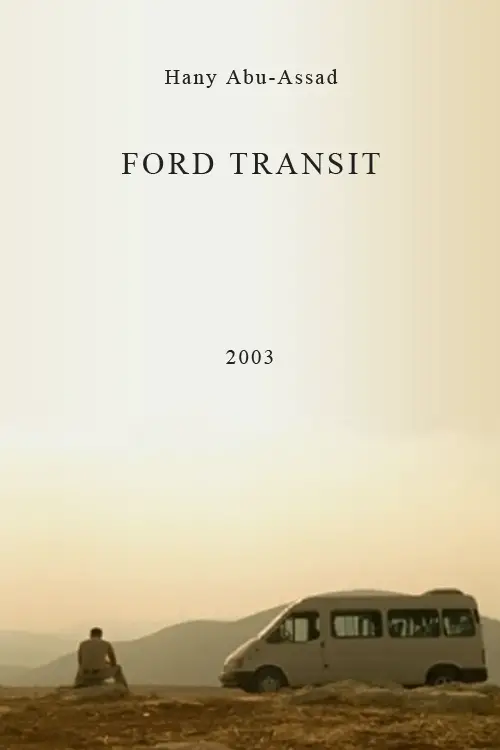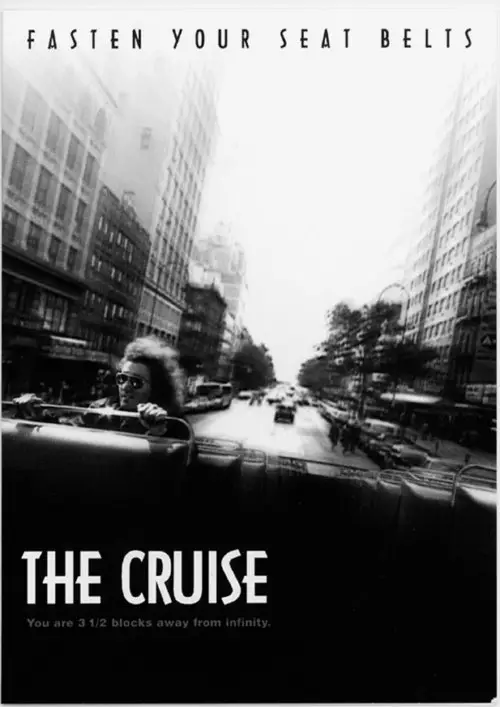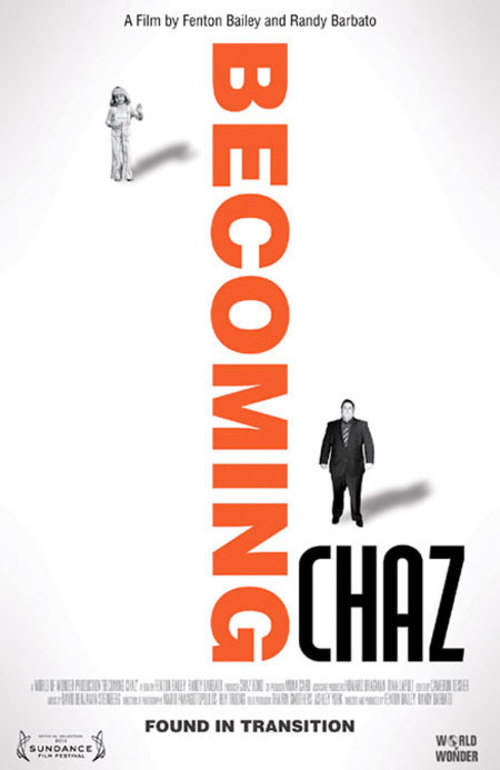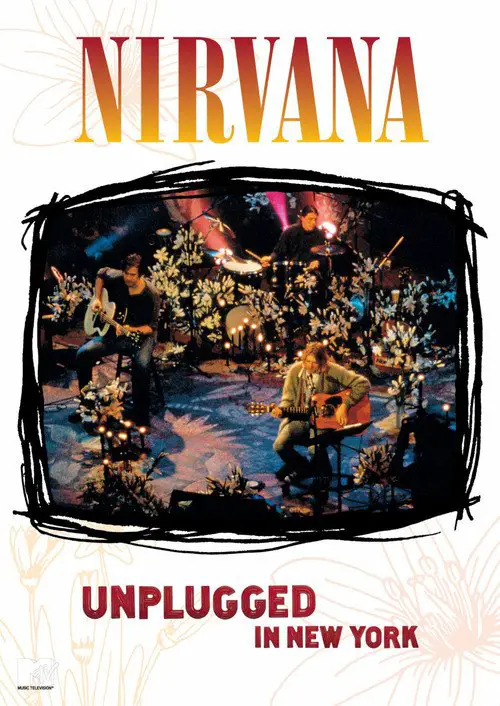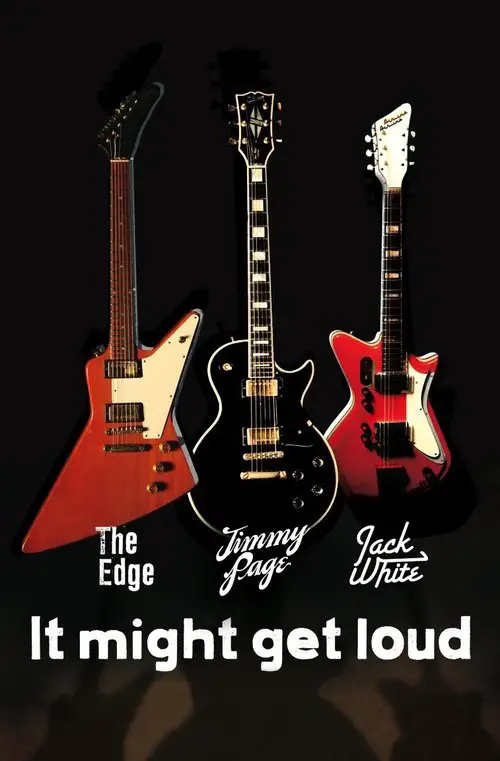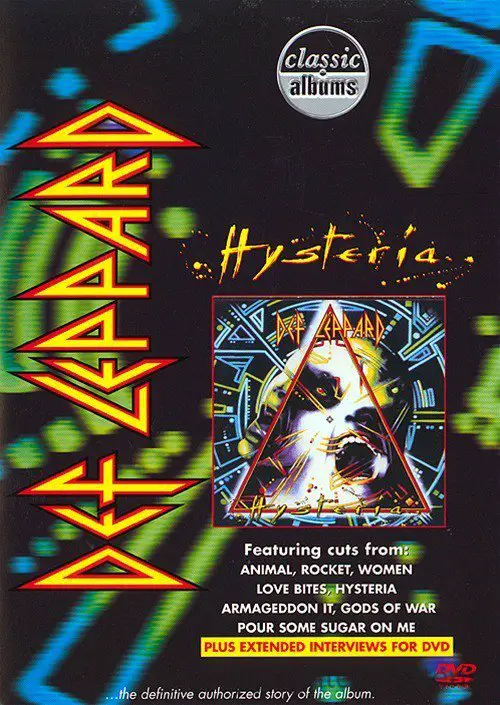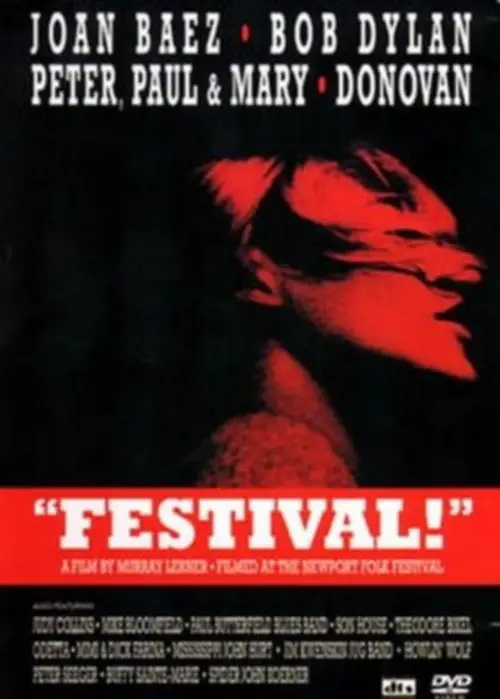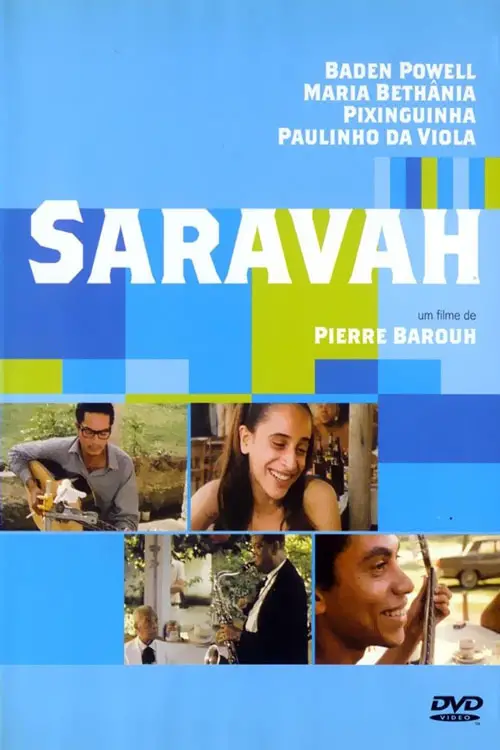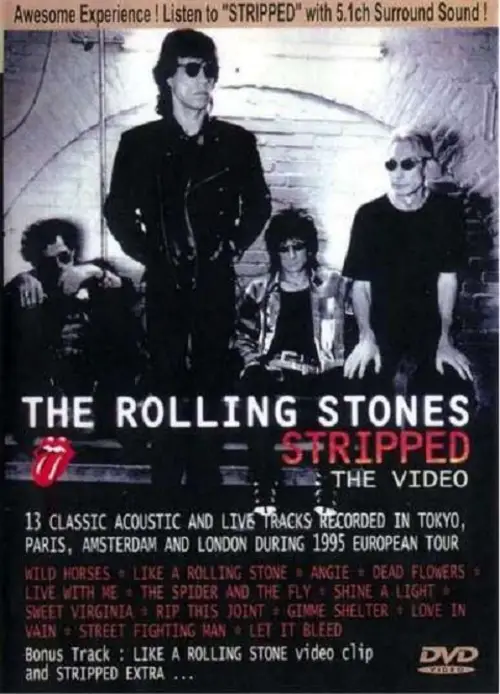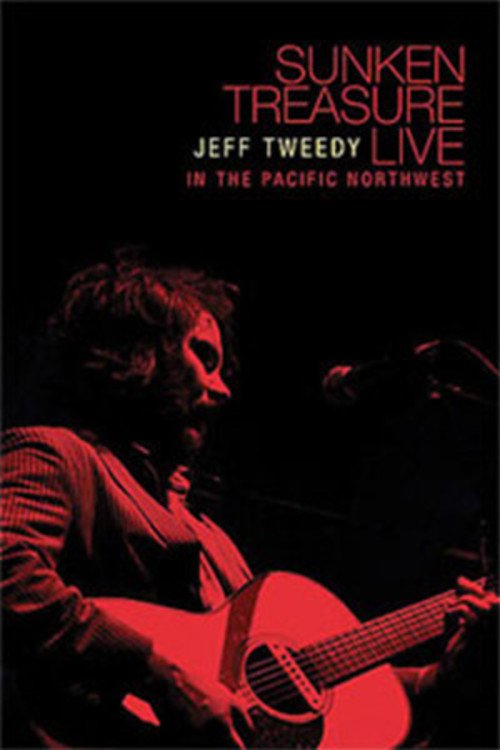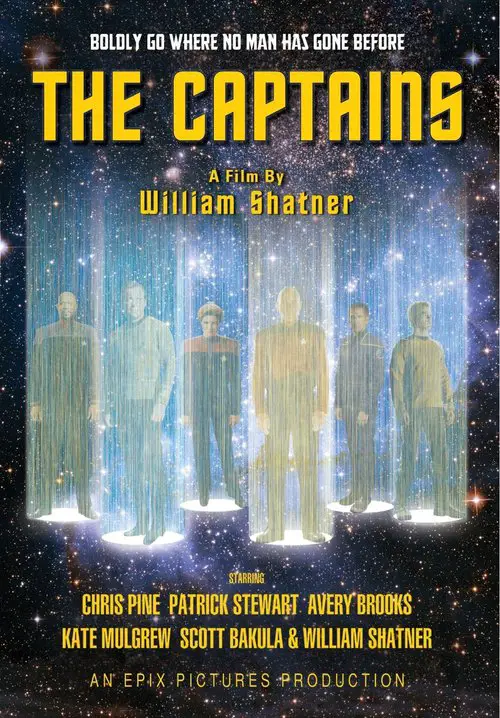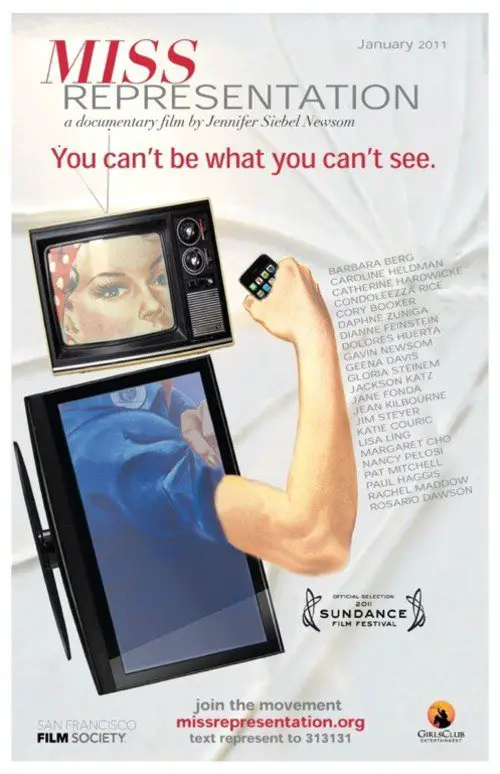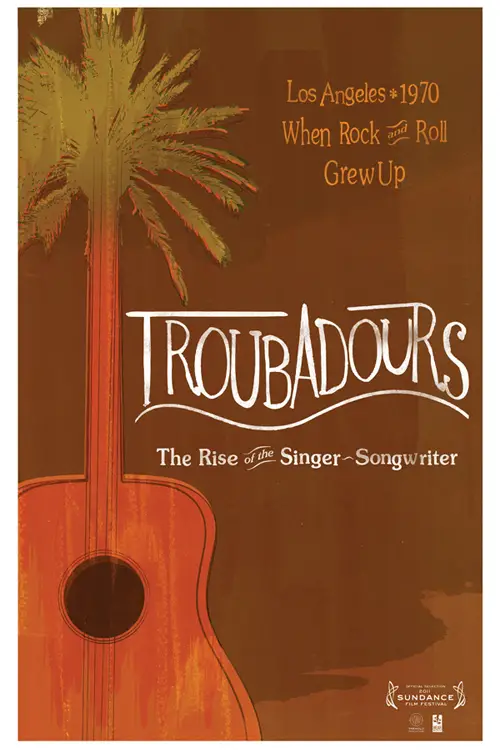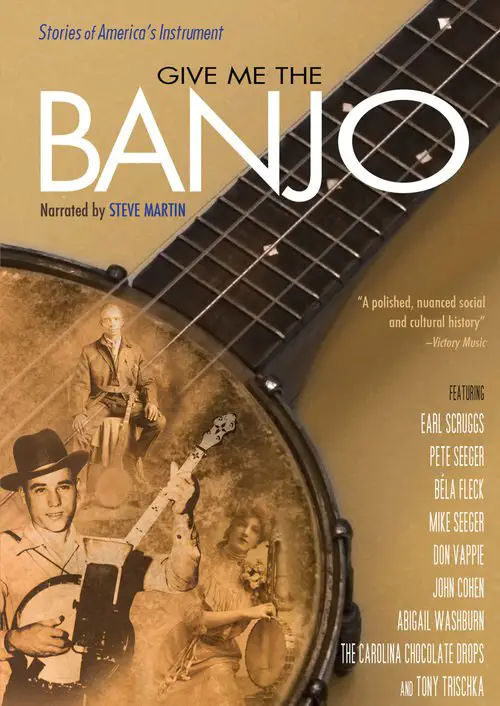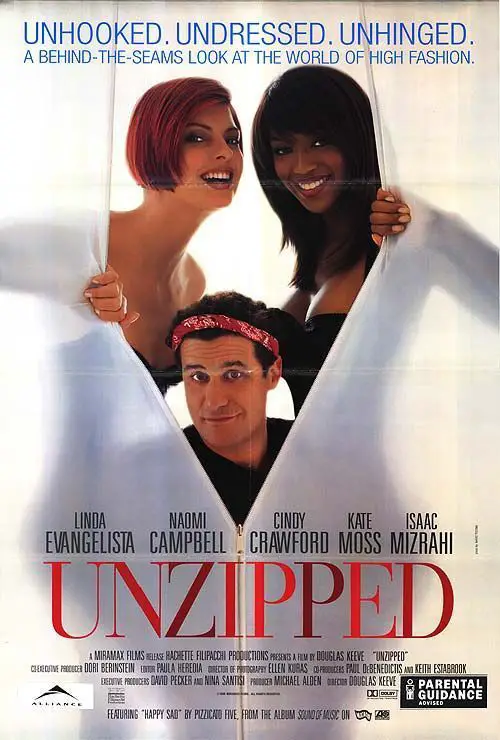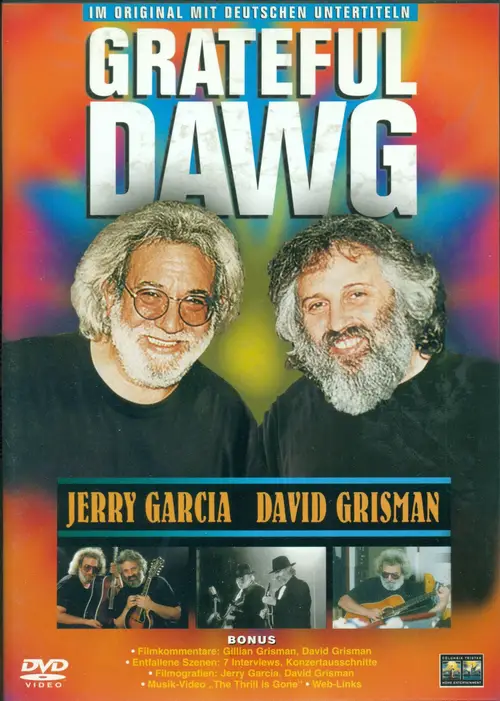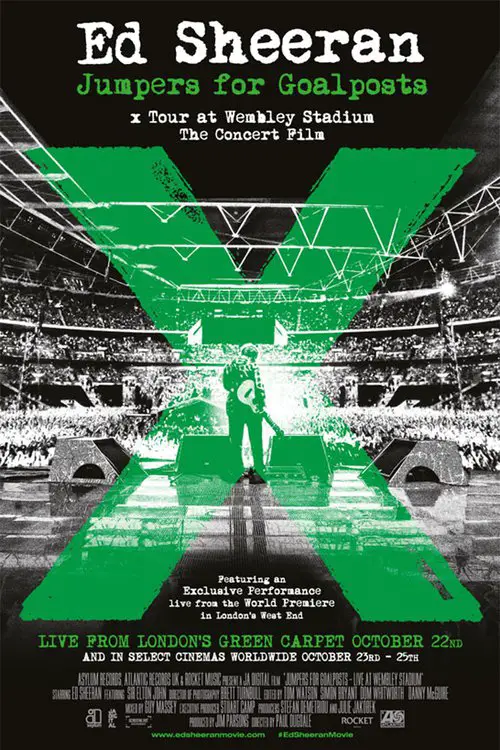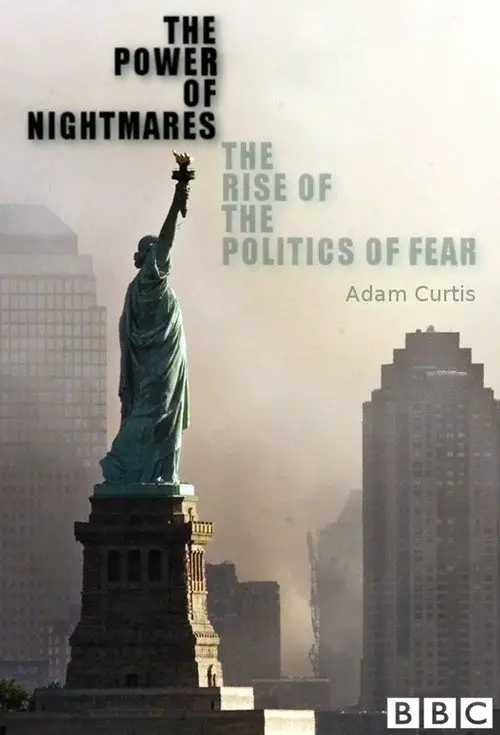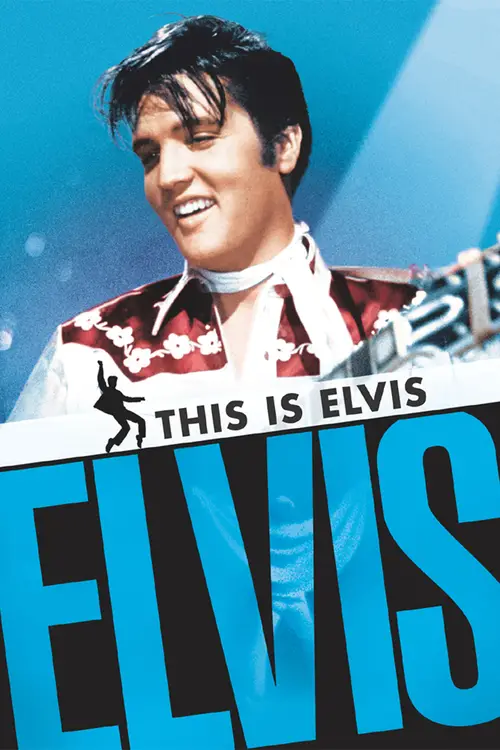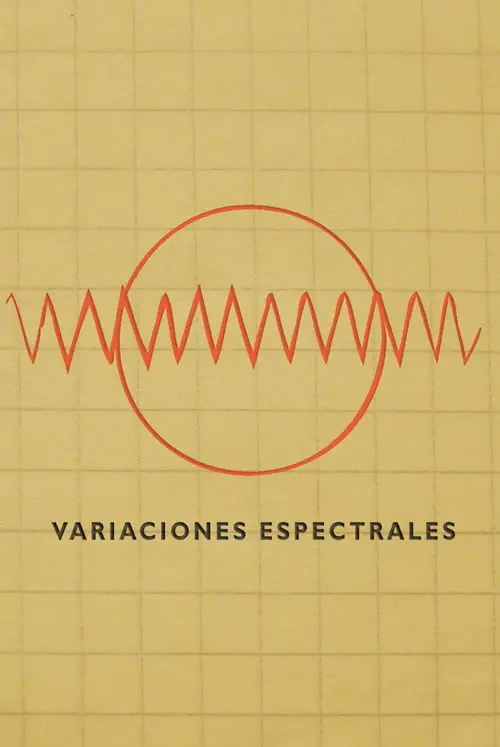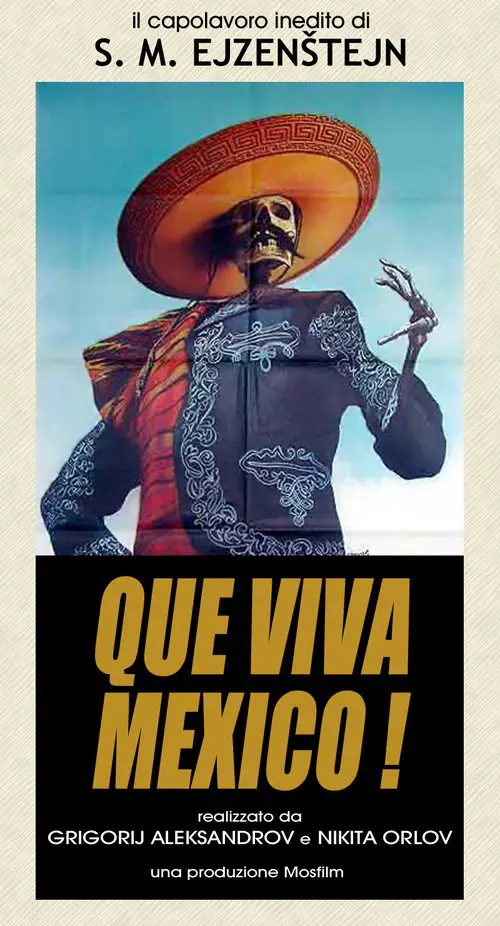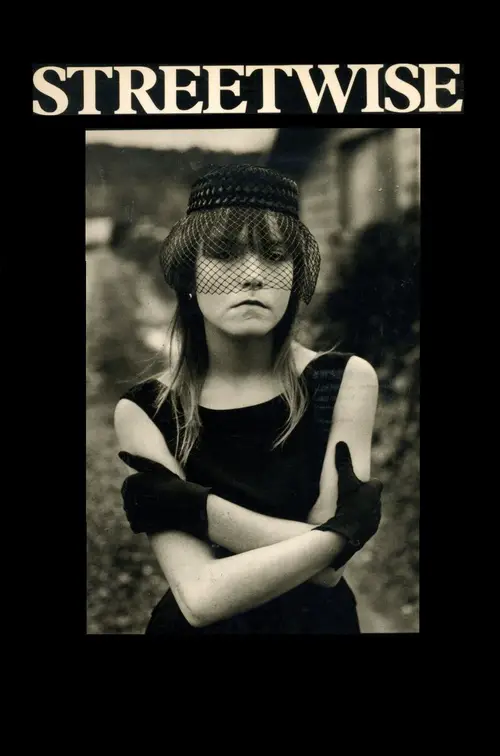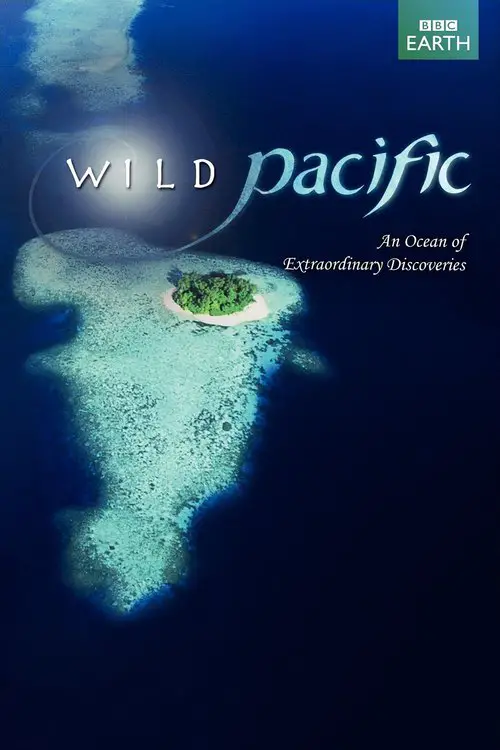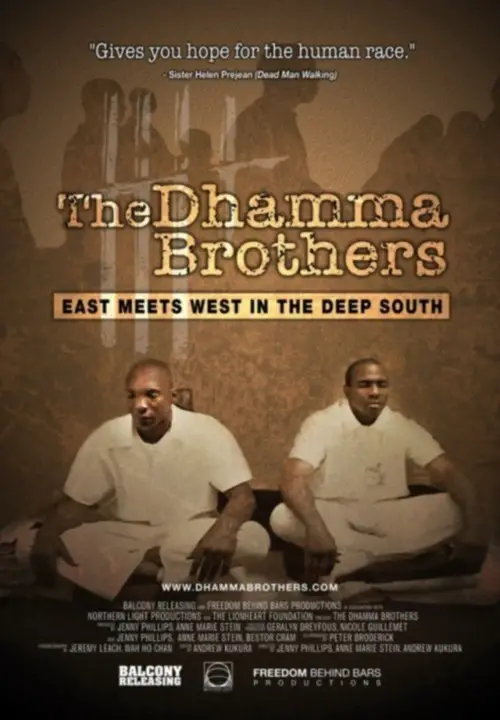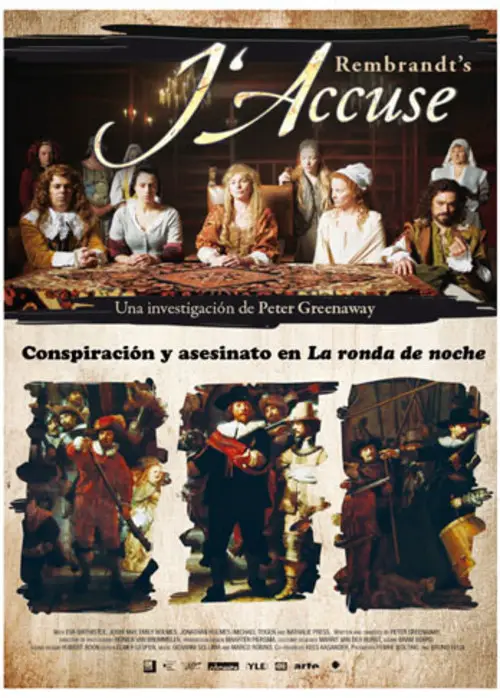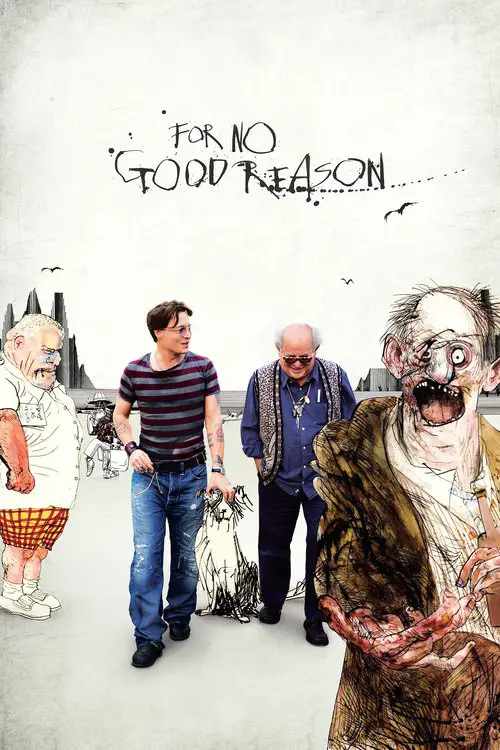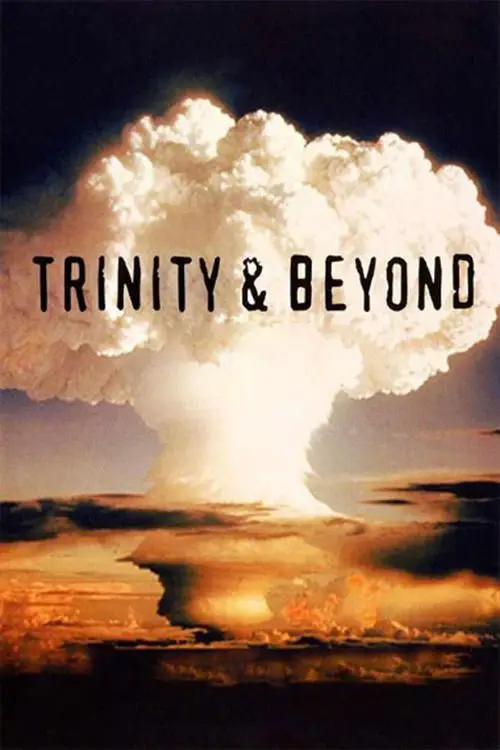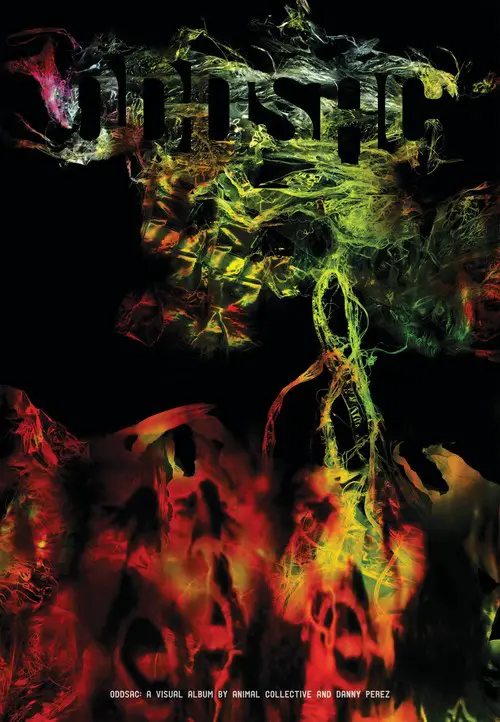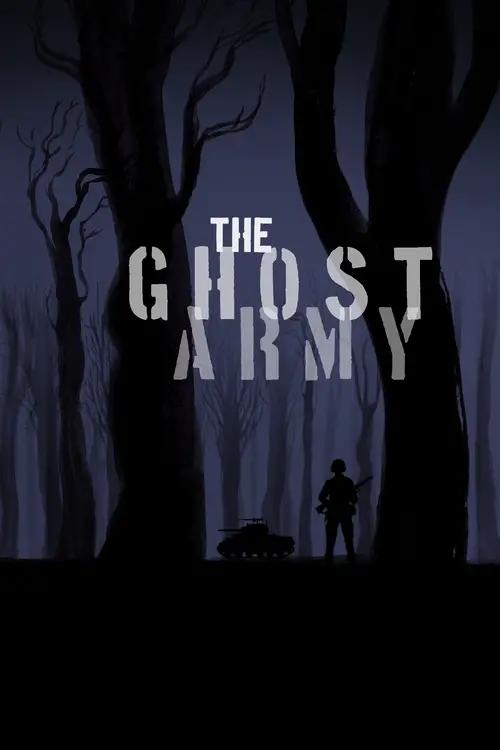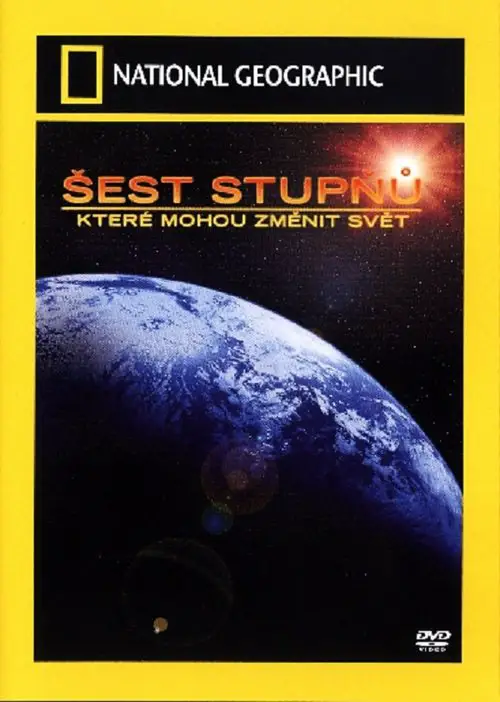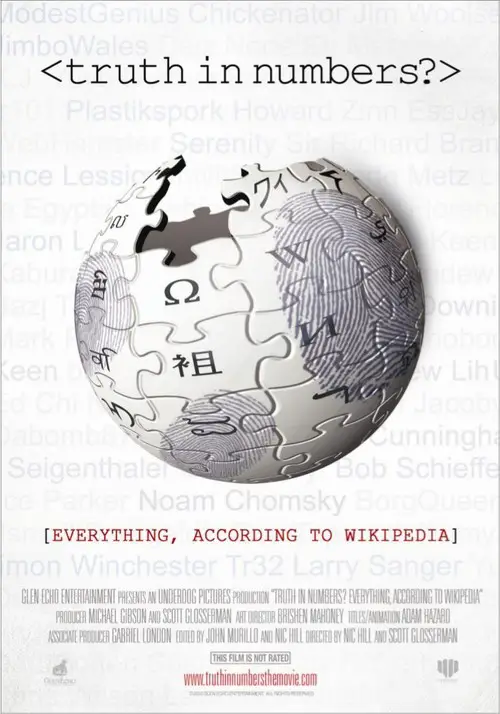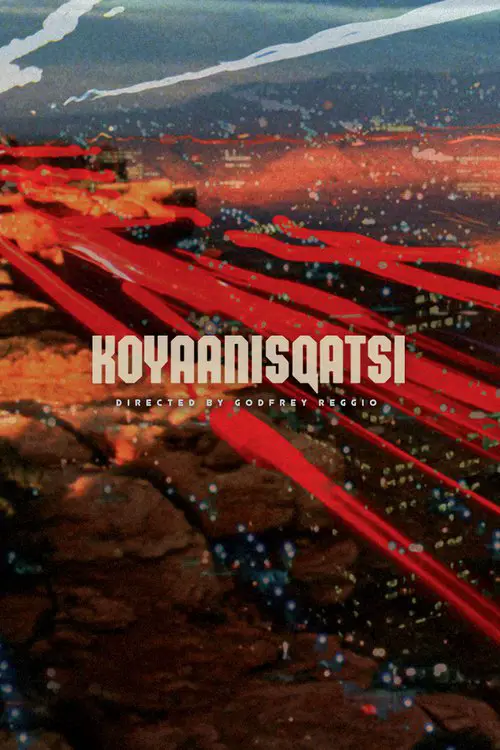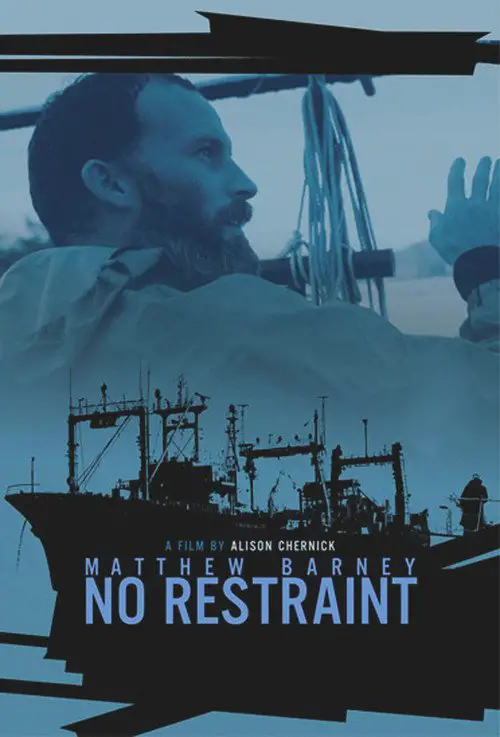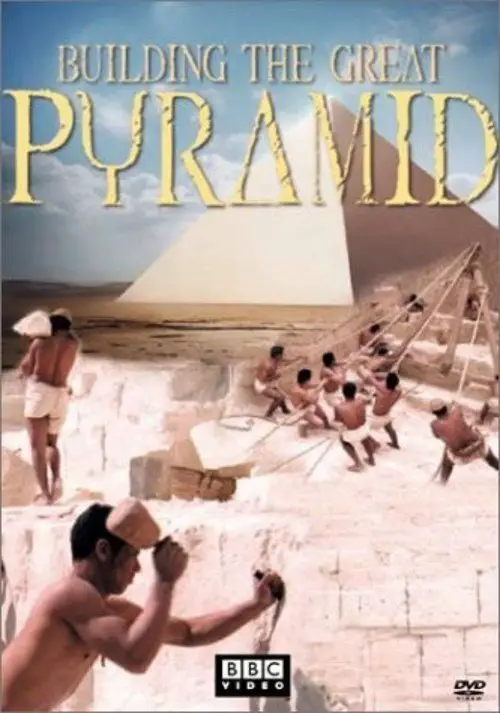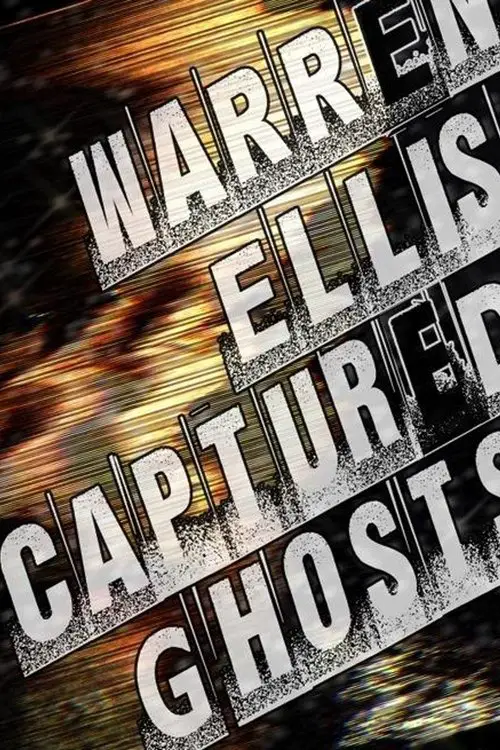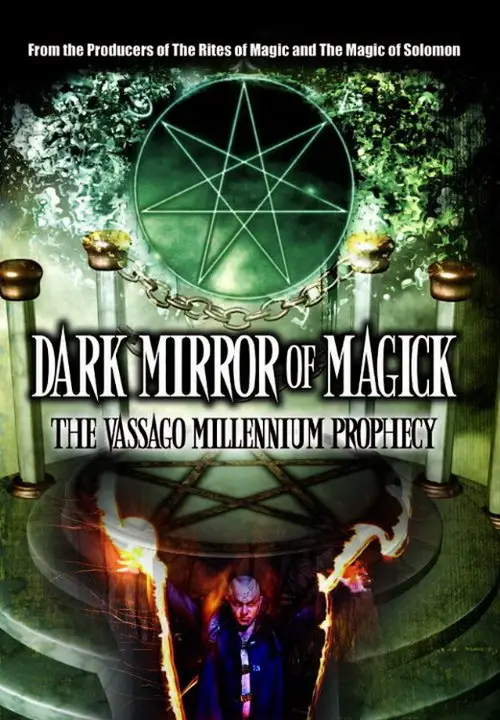La maison de la radio (2013)
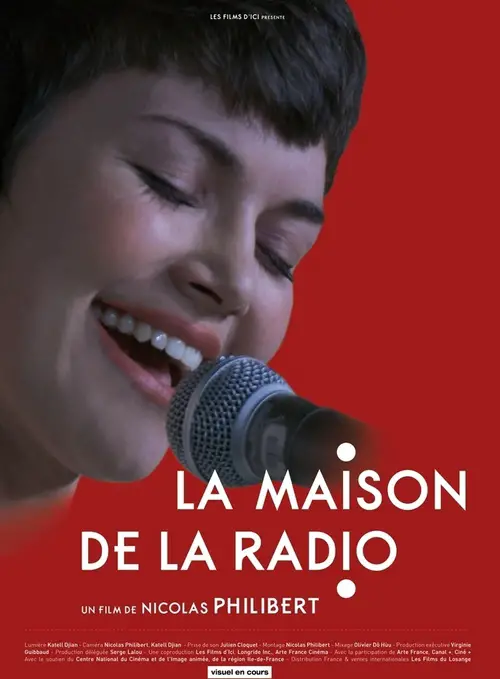
Similar movies
Visual Acoustics celebrates the life and career of Julius Shulman, the world's greatest architectural photographer, whose images brought modern architecture to the American mainstream. Shulman, who passed away this year, captured the work of nearly every modern and progressive architect since the 1930s including Frank Lloyd Wright, Richard Neutra, John Lautner and Frank Gehry. His images epitomized the singular beauty of Southern California's modernist movement and brought its iconic structures to the attention of the general public. This unique film is both a testament to the evolution of modern architecture and a joyful portrait of the magnetic, whip-smart gentleman who chronicled it with his unforgettable images.
AMERICAN MOVIE is the story of filmmaker Mark Borchardt, his mission, and his dream. Spanning over two years of intense struggle with his film, his family, financial decline, and spiritual crisis, AMERICAN MOVIE is a portrayal of ambition, obsession, excess, and one man's quest for the American Dream.
Since the invention of cinema, the standard format for recording moving images has been film. Over the past two decades, a new form of digital filmmaking has emerged, creating a groundbreaking evolution in the medium. Keanu Reeves explores the development of cinema and the impact of digital filmmaking via in-depth interviews with Hollywood masters, such as James Cameron, David Fincher, David Lynch, Christopher Nolan, Martin Scorsese, George Lucas, Steven Soderbergh, and many more.
Less a documentary than a primer on all electronic music. Featuring interviews with nearly every major player past and present, as well as a few energetic live clips, Modulations delves into one of electronica's forgotten facets: the human element. Lee travels the globe from the American Midwest to Europe to Japan to try to express the appeal of music often dismissed as soulless. Modulations shows that behind even the most foreign or alien electronic composition lies a real human being, and Lee lets many of these Frankenstein-like creators express and expound upon their personal philosophies and tech-heavy theories. Lee understands that a cultural movement as massive and diverse as dance music can't be contained.
The Death of 'Superman Lives': What Happened? feature film documents the process of development of the ill fated "Superman Lives" movie, that was to be directed by Tim Burton and star Nicolas Cage as the man of steel himself, Superman. The project went through years of development before the plug was pulled, and this documentary interviews the major players: Kevin Smith, Tim Burton, Jon Peters, Dan Gilroy, Colleen Atwood, Lorenzo di Bonaventura and many many more.
This dryly funny mockumentary about the lost work of a pioneering New Zealand film genius is probably one of the best examples of the faux-documentary genre. In fact, it was so successful that when it originally aired on New Zealand television, hundreds of viewers bought the premise hook, line, and sinker. If you didn't know any better yourself, it's entirely possible you might be duped into believing the extremely tall tale of one Colin MacKenzie, an ambitious filmmaker who made the world's first talking movie (years before The Jazz Singer), invented color film, and created a huge biblical epic that would put Cecil B. DeMille and D.W. Griffith to shame. Filmmaker Peter Jackson (Heavenly Creatures) shrewdly inserts himself into the film via his documentation of the "discovery" of McKenzie's lost epic, which for years was preserved in a garden shed.
"Touring makes you crazy," Frank Zappa says, explaining that the idea for this film came to him while the Mothers of Invention were touring. The story, interspersed with performances by the Mothers and the Royal Symphony Orchestra, is a tale of life on the road. The band members' main concerns are the search for groupies and the desire to get paid.
The Go-Go Boys tells the inside story of two Israeli-born cousins, the late Menahem Golan and Yoram Globus, who in pursuit of the âAmerican dreamâ turned the Hollywood establishment upside down. Together they produced more than 300 films and founded the most powerful independent film company in the world, Cannon Films, which was responsible for Israeli and mainstream, Hollywood-blockbuster, action/exploitation hits during the duoâs 1980s hey day, starring the likes of Chuck Norris, Jean-Claude Van Damme and Charles Bronson. Up close and personal, and with the complete cooperation of the filmâs subjects, the film examines the complex relationship between two contradictory personalities, whose combined force fueled their successes and eventual split. A film about filmmaking and two dogged, exceptional characters with modest origins taking on the big boys.
This historical and critical look at slasher films, which includes dozens of clips, begins with "Halloween," "Friday the 13th," and "Prom Night." The films' directors, writers, producers, and special effects creators comment on the films' making and success. During the Reagan years, the films get gorier, budgets get smaller, and their appeal wanes. Then, "Nightmare on Elm Street" revives the genre. Jump to the late 90s, when "Scream" brings humor and TV stars into the mix. Although some criticize the genre as misogynistic (Siskel and Ebert), most of the talking heads celebrate the films: as long as there are teenagers, there will be slasher films, says one.
This is a truly terrific piece of work. The program involves Ron Howard, Jim Lovell, Marilyn Lovell, producer Brian Grazer, executive producer Todd Hallowell, visual effects supervisor Robert Legato, lead digital compositor Mark Forker, astronauts Fred Haise, Dave Scott, Apollo 13 flight director Gerald Griffin, command module systems controller Sy Lieberglot, Apollo 13 flight dynamics officer Jerry Bostick, mission control director Gene Krantz, Tom Kelly of Grumman, NASA mission operations director Christopher Kraft, daughters Susan Lovell Williams and Margaret Haise, command systems module controller John Aaron, and actors Tom Hanks, Bill Paxton, Kevin Bacon, Gary Sinise, Kathleen Quinlan, and Ed Harris. The show offers a mix of film clips, interview segments and archival footage from the era itself to create a very informative and enjoyable documentary.
A few years after his death, the widow of Stanley Kubrick (1928-1999) asks Jon Ronson to look through the contents of about 1,000 boxes of meticulously sorted materials Kubrick left. Ronson finds that most contain materials reflecting work Kubrick did after the release of "Barry Lindon " in 1975, when Kubrick's film output slowed down. Ronson finds audition tapes for "Full Metal Jacket," photographs to find the right hat for "Clockwork Orange" or the right doorway for "Eyes Wide Shut" -- thousands of details that went into Kubrick's meticulous approach. Ronson believes that the boxes show "the rhythm of genius." Interviews with family, staff, and friends are included.
Emerging from the Detroit music scene of the 1970s in a flurry of long hair and sequins, Alice Cooper restored hard rock with a sense of showmanship, while simultaneously striking fear into the hearts of Middle America with the chicken-slaughtering, dead-baby-eating theatrics that would cement his identity as a glam metal icon. Meticulously crafted from rare archival footage, Super Duper Alice Cooper tells the story of the man behind the makeup, Vincent Furnier, the son of a preacher, who got caught in the grip of his own monster.
Martin Scorsese narrates this tribute to Val Lewton, the producer of a series of memorable low-budget horror films for RKO Studios. Raised by his mother and his aunt, his films often included strong female characters who find themselves in difficult situations and who have to grow up quickly. He is best remembered for the horror films he made at RKO starting in 1940. Starting with only a title - his first was The Cat People - he would meticulously oversee every aspect of the film's completion. Although categorized as horror films, his films never showed a monster, leaving it all to the viewers imagination, assisted by music, mood and lighting.
Apocalypse unleashes Derren Brown's most audacious plan yet - to convince one person that the planet has been devastated by a catastrophic meteorite strike, that lethal infected now roam the land and he is one of a mere handful of survivors. Our 'survivor' is someone who takes life for granted, and has yet to truly value what he has. The adventure that awaits him is meticulously crafted to give him the ultimate wake-up call, and teach him valuable life-lessons. Will he rise to the challenge?
Director Johan Grimonprez casts Alfred Hitchcock as a paranoid history professor, unwittingly caught up in a double take on the cold war period. Subverting a meticulous array of TV footage and using 'The Birds' as an essential metaphor, DOUBLE TAKE traces catastrophe culture's relentless assault on the home, from moving images' inception to the present day.
Filmmaker Kimberly Reed returns home for her high school reunion, ready to reintroduce herself to the small town as a transgender woman and hoping for reconciliation with her long estranged adopted brother Marc. Things are complicated by the shocking revelation that Marc may be the grandson of Orson Wells and Rita Hayworth, forcing Kim and her family to explore questions of sexual orientation, identity, severe trauma and love.
The movie follows Rajai, a Ford Transit driver which is the most popular transportation in the Palestinian occupied territories (occupied by Israel). While taking a ride with Rajai, we experience the frustrating situation the Palestinian need to deal with. On our trips from the roadblock in Ramallah to the roadblock in Jerusalem, we get to hear analysis of the situation by all kinds of random transporters, people from different religions, origins, and levels of class.
Affectionate portrait of Tim "Speed" Levitch, a tour guide for Manhattan's Gray Line double-decker buses. He talks fast, is in love with the city, and dispenses historical facts, architectural analysis, and philosophical musings in equal measures. He's reflective and funny about cruising: he loves it, got in it to meet women, and he'd quit work if he could. His personal life is disclosed in small
MTV Unplugged in New York is a live album by the American grunge band Nirvana. It features an acoustic performance taped at Sony Music Studios in New York City on November 18, 1993 for the television series MTV Unplugged. As opposed to traditional practice on the television series, Nirvana played a setlist composed of mainly lesser-known material and cover versions of songs. 1. About A Girl 2. Come As You Are
3. Jesus Doesn't Want Me For A Sunbeam 4. The Man Who Sold The World 5. Pennyroyal Tea 6. Dumb 7. Polly 8. On A Plain 9. Something In The Way 10. Sweet Home Alabama 11. Plateau 12. Oh Me 13. Lake Of Fire 14. All Apologies 15. Where Did You Sleep Last Night
This program takes a track by track look at the making of the album. We speak to Joe Elliott, Rick Allen, Phil Collen, and Rick Savage who lead us through the original multitrack tapes. Joe and Phil play acoustic versions of 'Pour Some Sugar On Me" and "Hysteria," and Sav and Phil demonstrate riffs and licks from the songs, and explain the genesis of the songwriting. Features songs: Animal, Rocket, Love Bites, Hysteria, Women, Armageddon It, and Pour Some Sugar On Me. In this episode of the CLASSIC ALBUMS series, the surviving members of Def Leppard discuss the making of HYSTERIA as they sort through and explain the original multi-track tapes. In addition, some impromptu acoustic performances and musical demonstrations further dissect this classic album
Black and white footage of performances, interviews, and conversations at the Newport Folk Festival, from 1963 to 1966. The headliners are Peter, Paul and Mary, Joan Baez, Pete Seeger, and Bob Dylan, who's acoustic and electric. Son House and Mike Bloomfield talk about the blues; John Hurt, Howlin' Wolf, and Sonny Terry and Brownie McGhee show its range. The Osborne Brothers perform bluegrass. Donovan, Johnny Cash, Judy Collins, Mimi and Dick Farina, and others less well known also perform. Several talk musical philosophy, and there's a running commentary about the nature and appeal of folk music. The crowd looks clean cut.
Documentary about Brazilian music circa 1969, with extremely rare scenes, such as the only color footage of Pixinguinha, images of João da Baiana, one of the fathers of Samba, Maria Bethânia rehearsing at Barroco nightclub, Baden Powell playing his acoustic guitar, Paulinho da Viola showing his masterpiece "Coisas do Mundo, Minha Nega", that he had just finished, and Márcia, a singer from São Paulo.
Sunken Treasure follows Wilco frontman Jeff Tweedy on his February 2006 solo acoustic tour. The footage was recorded over five nights and features songs from three of his current and former bands: Wilco, Uncle Tupelo, and Loose Fur, plus an unreleased track, "The Thanks I Get." The film is directed by documentarians Christoph Green and Brendan Canty, himself the former drummer of Fugazi.
The film MISS REPRESENTATION exposes how American youth are being sold the concept that women and girlsâ value lies in their youth, beauty and sexuality. Explores the under-representation of women in positions of power and influence in America, and challenges the media's limited portrayal of what it means to be a powerful woman. Itâs time to break that cycle of mistruths.
In the wake of the turbulent 1960s, a new style of song and songwriter came to the fore â a style marked by vulnerable introspection and raw, naked emotion. Backed by little more than a lone acoustic guitar or simple piano, these exciting voices descended upon Los Angeles, now emerging as the center of the American music scene. Their epicenter for self-expression became an old beatnik folk club and a fitting name: The Troubadour. TROUBADOURS traces Carole King, James Taylor and the singer/songwriter scene during the late 1960s and early 1970s. The film also interweaves the intriguing story of the 'world famous' Troubadour club that cemented their musical legacy, the mercurial impresario named Doug Weston who ran it, and the performing careers of some of the best songwriters of their generation â and perhaps any generation: Carole King and James Taylor, as well as Jackson Browne, David Crosby, Joni Mitchell, Kris Kristofferson, Bonnie Raitt, Eagles and many others.
The Banjo Project is a cross-media cultural odyssey: a major television documentary, a live stage/multi-media performance, and a website that chronicle the journey of Americaâs quintessential instrumentâthe banjoâfrom its African roots to the 21st century. Itâs a collaboration between Emmy-winning writer-producer Marc Fields and banjo virtuoso Tony Trischka (the Projectâs Music Director), one of the most acclaimed acoustic musicians of his generation.
Using a variety of cinematographic techniques, the world of high- profile fashion designer Issac Mizrahi is portrayed as being driven by excitement and creativity, despite the concomitant chaos and cacophony. Mizrahi's frenzied genius and rollercoaster emotions paint a humorous and personal portrait of a brilliant designer. Famous "SuperModels", actors, and actresses populate Issac's rarified world, but Douglas Keeve's cameras capture the stress and turbulence beneath the placid coolness of glamour. Written by Tad Dibbern
Jumpers for Goalposts brings together Edâs captivating performances from the biggest shows of his career at Wembley Stadium in July 2015, where he wows the 80,000 strong crowd with his biggest hits to date, including âThe A Teamâ, âSingâ and âThinking Out Loudâ â and thereâs even a surprise duet from Sir Elton John. As well as his breath-taking onstage performance, Jumpers for Goalposts is intercut with the story of Edâs triumphant road to Wembley, presenting a revealing and personal glimpse into life backstage and on the road, along with an honest and intimate reflection by Ed â and those closest to him â on just how far he has come.
Though several actors portray Elvis Presley at different stages of his life, this documentary is comprised mostly of actual performance footage and interviews with Elvis, his fans and those close to him. This biographical docu-drama features rare footage of Elvis and dramatically recreated scenes from Elvis' life.
Documentary inspired in the life and work of Chilean musician and engineer José Vicente Asuar, worldly known for his work in developing electroacoustic music, being the creator of the first musical computer in Latin America, today abandoned in a country house outside the city. The reunion of Asuar with this artifact creates a lost story that reveals the history of a essential character of our sounding biography.
¡Qué viva México! is a film project begun in 1930 by the Russian avant-garde director Sergei Eisenstein (1898-1948). It would have been an episodic portrayal of Mexican culture and politics from pre-Conquest civilization to the Mexican revolution. Production was beset by difficulties and was eventually abandoned. Jay Leyda and Zina Voynow call it his "greatest film plan and his greatest personal tragedy".
Portrays the lives of nine desperate teenagers. Thrown too young into a seedy grown up world, these runaways and castaways survive, but just barely. Rat, the dumpster diver. Tiny, the teen prostitute. Shellie, the baby-faced blonde. DeWayne, the hustler. All old beyond their years. All underage survivors fighting for life and love on the streets of downtown Seattle.
In the compelling follow-up to the internationally award-winning documentary, "Burzynski: the Movie,", Part II explores the current status of Antineoplastons' clinical testing sanctioned by the United States Food & Drug Administration - and features a modern story of the struggling journeys of cancer patients being treated today at the Burzynski Clinic in Houston, Texas. Since the mapping of the Cancer Genome, Burzynski has pioneered an expansion of his therapy, which he calls, "Personalized Gene-Targeted Cancer Therapy", where each patient's Genomic Cancer Atlas is mapped and a treatment regimen is personally tailored for each individual patient - vs. the conveyor belt, "one-size-fits-all" approach that current oncology adheres to.
A documentary series on life in and adapted to the conditions of the Southern part of the Pacific Ocean, a vast aquatic region with an unequaled number of islands. Both wildlife and human cultures developed in a unique variety, largely determined by such natural conditions as huge distances, sea depths, currents and winds.
East meets West in the Deep South. An overcrowded maximum-security prison-the end of the line in Alabama's correctional system-is dramatically changed by the influence of an ancient meditation program. Behind high security towers and a double row of barbed wire and electrical fence dwells a host of convicts who will never see the light of day. But for some of these men, a spark is ignited when it becomes the first maximum-security prison in North America to hold an extended Vipassana retreat, an emotionally and physically demanding course of silent meditation lasting ten days. The Dhamma Brothers tells a dramatic tale of human potential and transformation as it closely follows and documents the stories of the prison inmates at Donaldson Correction Facility who enter into this arduous and intensive program. Written by Balcony Releasing
J'accuse is an 'essay-istic' documentary in which Greenaway's fierce criticism of today's visual illiteracy is argued by means of a forensic search of Rembrandt's Nightwatch. Greenaway explains the background, the context, the conspiracy, the murder and the motives of all its 34 painted characters who have conspired to kill for their combined self-advantage. Greenaway leads us through Rembrandt's paintings into 17th century Amsterdam. He paints a world that is democratic in principle, but is almost entirely ruled by twelve families. The notion exists of these regents as charitable and compassionate beings. However, reality was different.
For No Good Reason a film about Ralph Steadman. Johnny Depp guides the visually stunning journey, smashing narrative conventions, moving seamlessly from interview to animation and in the finest Gonzo tradition questions of witness and authenticity are challenged. Steadman's art is for the first time animated, including illustrations from Hunter S Thompson's Fear and Loathing in Las Vagas. Featuring Richard E Grant, Terry Gilliam, Bruce Robinson and with music from Slash, The All American Rejects, Jason Mraz, Crystal Castles, Ed Hardcourt and Beth Orton. A touching and at times funny film about honesty, friendship and the ambition driving an artist. This is a true record of the demise of the 20th Century counterculture and hipster dream with Ralph Steadman the last of the Gonzo visionaries.
A documentary film based on the life of scientist Steven Hawking. The film explores the intimate life of Steven Hawking through him, his friends and his family, as he goes through school, is diagnosed with a degenerative disease, and discovers revolutionary theories about time, black holes, and the origin of the universe. A visually interesting and at times funny film about a extraordinary life.
"Trinity and Beyond" is an unsettling yet visually fascinating documentary presenting the history of nuclear weapons development and testing between 1945-1963. Narrated by William Shatner and featuring an original score performed by the Moscow Symphony Orchestra, this award-winning documentary reveals previously unreleased and classified government footage from several countries.
During World War II, a hand-picked group of American GI's undertook a bizarre mission: create a traveling road show of deception on the battlefields of Europe, with the German Army as their audience. The 23rd Headquarters Special Troops used inflatable rubber tanks, sound trucks, and dazzling performance art to bluff the enemy again and again, often right along the front lines. Many of the men picked to carry out these dangerous deception missions were artists. Some went on to become famous, including fashion designer Bill Blass. In their spare time, they painted and sketched their way across Europe, creating a unique and moving visual record of their war. Their secret mission was kept hushed up for nearly 50 years after the war's end.
Although Wikipedia is the 8th most popular website on the Internet today, and it is already the 3rd most widely read 'publication' in human history, attracting 100 million unique visitors a month, this great social and academic experiment of our age is riddled with vandals and challenged by skeptics, posing compelling questions about whether Wikipedia's model can truly achieve its goal. The film intersperses founder Jimmy Wales' unusual rise to Internet super-stardom among the global implications of Wikipedia. Are entries factually accurate? Biased? Accountable? Does 'Jimbo' Wales posses the wisdom to ensure that Wikipedians aggregate knowledge correctly?
How does artist Matthew Barney use 45,000 pounds of petroleum jelly, a factory whaling vessel and traditional Japanese rituals to create his latest art project? Barney plowed the waters off the coast of Nagasaki to film his massive endeavor, Drawing Restraint 9. The documentary Matthew Barney: No Restraint journeys to Japan with Barney and his collaborator Bjork, as the visual artist creates a "narrative sculpture" telling a fantastical love story of two characters that transform from land mammals into whales.
For four thousand years men have marvelled at the Great Pyramid of Giza and asked two questions: how was it built and why? To answer those questions we will travel back in time. By combining the latest archaeological research with the most up-to-date visual technology we can for the first time see the Pyramid through the eyes of the men who built it.
Warren Ellis: Captured Ghosts is a feature-length documentary that takes an in depth look at the life, career and mind of the British comic book writer Warren Ellis. The film combines extensive interviews with Ellis with insights from his colleagues and friends, as well as ambient visual re-creations of his prose and comics work.
On January 3rd, 2001, documentary writer/producer Wayne Darwen brought a professional TV news crew into the Temple of the O.T.A. to visually record a remarkable event: the summoning of the ancient spirit Vassago. Only 13 days after the ritual was visually recorded, President Laurent Kabila of the Congo was assassinated! See the entire operation in sequence, exactly as it happened with no rehearsals and no retakes. This 2011 edition has ten more minutes of new footage with commentary on the Vassago Prophecy, as subsequently revealed in the following 2 years, plus a new prophecy from Vassago.
© Valossa 2015–2026
| Privacy Policy
